Home>Storage & Organization>Kitchen Organizing Tools>Why Is My Cat Peeing But Not Pooping In The Litter Box
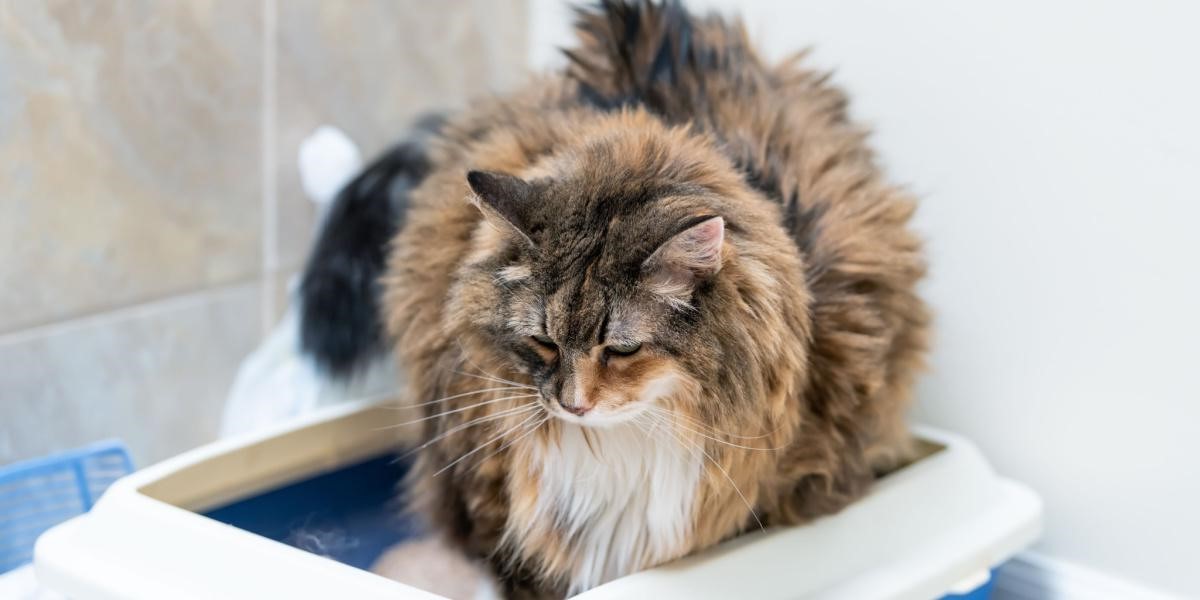

Kitchen Organizing Tools
Why Is My Cat Peeing But Not Pooping In The Litter Box
Modified: August 17, 2024
Discover the best kitchen organizing tools to keep your space clutter-free and efficient. Find solutions for every corner of your kitchen.
(Many of the links in this article redirect to a specific reviewed product. Your purchase of these products through affiliate links helps to generate commission for Storables.com, at no extra cost. Learn more)
Introduction
Cats are known for their fastidious nature, often meticulously using their litter boxes for both urination and defecation. However, if you've noticed that your feline friend is peeing but not pooping in the litter box, it can be a cause for concern. This behavior may indicate an underlying issue that requires attention and understanding.
Understanding the reasons behind this behavior is crucial for providing the best care for your cat. It's essential to consider both medical and behavioral factors that could be contributing to this change in litter box habits. By exploring these potential causes, you can take proactive steps to address the issue and ensure your cat's well-being.
In this comprehensive guide, we will delve into the various factors that could lead to a cat peeing but not pooping in the litter box. From medical conditions to behavioral triggers and environmental influences, we will explore the multifaceted nature of this issue. Additionally, we will provide practical insights on how to address and potentially resolve this concern, helping you create a harmonious and comfortable environment for your beloved feline companion.
By gaining a deeper understanding of your cat's behavior and needs, you can foster a strong and trusting bond while promoting their overall health and happiness. Let's embark on this journey to unravel the complexities of feline behavior and find effective solutions to ensure that your cat feels secure and content in their home environment.
Key Takeaways:
- Cats may avoid pooping in the litter box due to medical issues, stress, or discomfort. Understanding and addressing these factors is crucial for promoting proper bathroom habits and ensuring the well-being of your feline friend.
- Creating a clean, comfortable, and stress-free environment is essential for encouraging cats to use the litter box for both urination and defecation. By addressing medical, behavioral, and environmental factors, cat owners can promote a harmonious relationship and ensure their cat’s well-being.
Possible Reasons for Peeing But Not Pooping in the Litter Box
When a cat exhibits the behavior of peeing but not pooping in the litter box, several potential reasons may underlie this change in their bathroom habits. Understanding these reasons is crucial for addressing the issue effectively and ensuring the well-being of your feline companion.
-
Medical Conditions: Cats may avoid using the litter box for defecation due to underlying medical issues such as constipation, diarrhea, or gastrointestinal discomfort. Pain or discomfort during the act of defecation can lead a cat to associate the litter box with discomfort, prompting them to seek alternative locations for relieving themselves.
-
Litter Box Aversion: Cats are highly sensitive to their environment, and any changes in the litter box setup or location can trigger aversion. Issues such as a dirty litter box, an unpleasant odor, or a type of litter that the cat finds uncomfortable can deter them from using the box for defecation, even if they continue to urinate in it.
-
Stress and Anxiety: Cats are prone to stress and anxiety, and these emotions can manifest in various ways, including changes in litter box behavior. Stressors such as new pets in the household, changes in routine, or environmental stressors can lead to litter box avoidance for defecation.
-
Territorial Marking: In some cases, cats may engage in territorial marking behavior by defecating outside the litter box. This behavior is often linked to territorial disputes with other pets or changes in the household dynamic.
-
Painful Associations: If a cat experiences pain during the act of defecation due to conditions such as arthritis or anal gland issues, they may develop negative associations with the litter box, leading them to avoid using it for defecation.
Understanding these potential reasons for a cat's preference for peeing but not pooping in the litter box is the first step toward addressing the issue effectively. By considering these factors, you can gain valuable insights into your cat's behavior and take proactive measures to create a supportive and comfortable environment that encourages proper litter box usage for both urination and defecation.
Medical Issues to Consider
When a cat displays the behavior of urinating but not defecating in the litter box, it's essential to consider potential medical issues that could be contributing to this change in behavior. Cats, like humans, can experience a range of health issues that may impact their bathroom habits. Understanding these medical factors is crucial for addressing the issue effectively and ensuring the well-being of your feline companion.
One common medical issue that can lead to altered litter box behavior is constipation. Cats may experience difficulty passing stool, leading to discomfort and reluctance to use the litter box for defecation. Additionally, diarrhea can also impact a cat's litter box habits, as they may associate the box with the discomfort of loose stools, prompting them to seek alternative locations for relieving themselves.
Gastrointestinal discomfort, such as inflammatory bowel disease or other digestive issues, can also contribute to a cat's aversion to using the litter box for defecation. Pain or discomfort during the act of defecation can lead a cat to develop negative associations with the litter box, prompting them to seek out other areas in the home to relieve themselves.
Furthermore, urinary tract issues, such as urinary tract infections or bladder stones, can lead to a cat's preference for urinating but not defecating in the litter box. Cats experiencing discomfort or pain while urinating may develop a reluctance to use the litter box for both urination and defecation, leading to altered bathroom habits.
It's important to note that certain medical conditions, such as arthritis or anal gland issues, can cause pain or discomfort during the act of defecation, leading a cat to avoid using the litter box for this purpose. Additionally, senior cats may experience age-related health issues that impact their litter box behavior, making it essential to consider the potential influence of aging-related conditions on their bathroom habits.
By considering these medical issues, cat owners can gain valuable insights into their feline companion's behavior and take proactive measures to address any underlying health concerns. Seeking veterinary guidance and appropriate medical care is crucial for diagnosing and managing any potential medical issues that may be contributing to a cat's altered litter box behavior.
Understanding the potential medical factors that could lead to a cat's preference for urinating but not defecating in the litter box is essential for providing the best care and support for your feline companion. By prioritizing their health and well-being, cat owners can take proactive steps to address any medical issues and create a comfortable environment that encourages proper litter box usage for both urination and defecation.
Behavioral Issues to Consider
Understanding the behavioral aspects that may contribute to a cat's preference for urinating but not defecating in the litter box is essential for addressing this issue effectively. Cats are complex creatures with unique personalities, and their behavior can be influenced by a variety of factors. By considering the following behavioral issues, cat owners can gain valuable insights into their feline companion's mindset and take proactive measures to promote proper litter box usage.
Litter Box Aversion
Cats are highly sensitive to their environment, and any changes in the litter box setup or location can trigger aversion. Issues such as a dirty litter box, an unpleasant odor, or a type of litter that the cat finds uncomfortable can deter them from using the box for defecation, even if they continue to urinate in it. Additionally, if the litter box is located in a high-traffic or noisy area, the cat may feel stressed or vulnerable while attempting to defecate, leading them to seek out alternative locations for this activity.
Stress and Anxiety
Stress and anxiety can significantly impact a cat's litter box behavior. Cats are creatures of habit, and any disruptions to their routine or environment can lead to stress-related issues, including changes in bathroom habits. Stressors such as the introduction of new pets, conflicts with existing pets, changes in the household dynamic, or environmental stressors like loud noises or construction work can cause a cat to avoid using the litter box for defecation. Understanding and addressing the underlying sources of stress can help alleviate this behavioral issue and encourage proper litter box usage.
Territorial Marking
In some cases, a cat's preference for urinating but not defecating in the litter box may be linked to territorial marking behavior. Cats may engage in this behavior as a response to perceived threats or changes in their territory. Issues such as the presence of outdoor cats near the home, conflicts with other pets, or changes in the household structure can trigger territorial marking through urination outside the litter box. Understanding the underlying reasons for this behavior and addressing any territorial issues can help promote proper litter box usage for both urination and defecation.
Negative Associations
If a cat has had negative experiences in or around the litter box, they may develop aversions to using it for defecation. For example, if the cat has experienced pain or discomfort while using the litter box due to a previous medical issue, they may associate the box with negative feelings and seek out alternative locations for defecation. Additionally, if the litter box has been associated with punishment or negative reinforcement in the past, the cat may develop a reluctance to use it for defecation. Understanding and addressing any negative associations the cat may have with the litter box is crucial for promoting proper bathroom habits.
By considering these behavioral issues, cat owners can gain valuable insights into their feline companion's behavior and take proactive measures to create a supportive and comfortable environment that encourages proper litter box usage for both urination and defecation. Understanding the unique behavioral factors that may influence a cat's bathroom habits is essential for fostering a harmonious relationship and promoting the well-being of the beloved feline companion.
Environmental Factors to Consider
Environmental factors play a significant role in shaping a cat's behavior, including their litter box habits. Understanding and addressing these factors is crucial for promoting proper litter box usage for both urination and defecation. By considering the following environmental influences, cat owners can gain valuable insights into their feline companion's needs and take proactive measures to create a supportive and comfortable environment.
Litter Box Setup and Placement
The physical aspects of the litter box, including its setup and placement, can greatly impact a cat's willingness to use it for defecation. Cats have specific preferences when it comes to their bathroom facilities. The size, depth, and cleanliness of the litter box are all important considerations. Cats may avoid using a litter box that is too small or too deep, as it can be uncomfortable for them to maneuver inside. Additionally, maintaining a clean litter box is essential, as cats are averse to using a soiled or odorous box. The type of litter used also plays a crucial role, as some cats may have preferences for certain textures or scents.
The location of the litter box within the home is equally important. Cats prefer a quiet, low-traffic area for their bathroom activities, where they can feel secure and undisturbed. Placing the litter box in a secluded yet accessible location can help alleviate any stress or anxiety the cat may experience while using it for defecation.
Multi-Cat Household Dynamics
In multi-cat households, the presence of other feline companions can significantly influence a cat's litter box behavior. Territorial disputes, conflicts, or competition for resources can lead to stress and anxiety, prompting a cat to avoid using the litter box for defecation. It's essential to provide an adequate number of litter boxes in multi-cat households, ideally one box per cat plus an additional box to minimize competition and promote a peaceful bathroom environment for each feline resident.
Environmental Stressors
Environmental stressors, such as loud noises, changes in routine, or the presence of unfamiliar animals, can impact a cat's litter box habits. Cats are sensitive to changes in their environment and may respond to stressors by altering their bathroom behavior. Identifying and addressing these stressors can help create a calm and stable environment that encourages proper litter box usage for both urination and defecation.
By considering these environmental factors, cat owners can gain valuable insights into their feline companion's needs and take proactive measures to create a supportive and comfortable environment that promotes proper litter box usage. Understanding the unique environmental influences that may impact a cat's bathroom habits is essential for fostering a harmonious relationship and ensuring the well-being of the beloved feline companion.
How to Address the Problem
Addressing the issue of a cat peeing but not pooping in the litter box requires a comprehensive approach that encompasses both medical and behavioral considerations, along with environmental adjustments. By taking proactive steps to address the underlying factors contributing to this altered litter box behavior, cat owners can work towards promoting proper bathroom habits and ensuring the well-being of their feline companion.
Veterinary Evaluation
Seeking a veterinary evaluation is crucial when a cat displays changes in litter box behavior. A thorough physical examination and diagnostic tests can help identify any underlying medical issues that may be impacting the cat's bathroom habits. From addressing gastrointestinal discomfort to ruling out urinary tract issues, a veterinarian can provide valuable insights into the cat's health and recommend appropriate treatment or management strategies.
Litter Box Management
Maintaining a clean, comfortable, and strategically placed litter box is essential for encouraging proper bathroom habits in cats. Ensuring that the litter box is of an appropriate size, depth, and cleanliness can make it more appealing for defecation. Additionally, using a litter type that the cat finds comfortable and placing the box in a quiet, accessible location can help alleviate any aversions or stress-related issues associated with the litter box.
Environmental Enrichment
Creating a harmonious and stress-free environment for the cat is essential for promoting proper litter box usage. In multi-cat households, addressing territorial issues and providing an adequate number of litter boxes can help minimize competition and reduce stress. Additionally, minimizing environmental stressors, such as loud noises or sudden changes, can contribute to a calm and stable atmosphere that encourages the cat to use the litter box for both urination and defecation.
Behavioral Support
Understanding and addressing any behavioral issues contributing to the altered litter box behavior is crucial for promoting positive bathroom habits. Implementing environmental enrichment, providing interactive toys, and offering opportunities for mental and physical stimulation can help alleviate stress and anxiety, leading to improved litter box usage. Additionally, positive reinforcement and gentle encouragement can help create positive associations with the litter box, promoting a comfortable and inviting bathroom environment for the cat.
By addressing the problem of a cat peeing but not pooping in the litter box through a holistic approach that encompasses medical, environmental, and behavioral considerations, cat owners can work towards fostering a supportive and comfortable environment that encourages proper bathroom habits. Seeking veterinary guidance, optimizing the litter box setup, and creating a stress-free environment are essential steps in promoting the well-being and litter box satisfaction of the beloved feline companion.
Read more: Why My Cat Won’t Poop In The Litter Box
Conclusion
In conclusion, addressing the issue of a cat peeing but not pooping in the litter box requires a multifaceted approach that considers medical, behavioral, and environmental factors. Understanding the potential reasons behind this altered litter box behavior, such as medical conditions, stress and anxiety, negative associations, and environmental influences, is crucial for providing the best care for your feline companion.
By seeking veterinary evaluation to rule out any underlying medical issues and implementing appropriate treatment or management strategies, cat owners can prioritize their cat's health and well-being. Additionally, optimizing the litter box setup, maintaining cleanliness, and considering the cat's preferences for litter type and box location can create a comfortable and inviting bathroom environment.
Addressing behavioral issues, such as stress, anxiety, and territorial marking, through environmental enrichment, positive reinforcement, and minimizing environmental stressors, can help promote positive litter box habits. Creating a harmonious and stress-free environment, especially in multi-cat households, is essential for encouraging proper litter box usage for both urination and defecation.
By taking proactive steps to address the underlying factors contributing to this altered litter box behavior, cat owners can work towards fostering a supportive and comfortable environment that promotes the well-being and litter box satisfaction of their beloved feline companion. Understanding the unique behavioral and environmental influences that may impact a cat's bathroom habits is essential for fostering a harmonious relationship and ensuring the well-being of the beloved feline companion.
In essence, by gaining a deeper understanding of your cat's behavior and needs, you can foster a strong and trusting bond while promoting their overall health and happiness. This comprehensive guide serves as a valuable resource for cat owners seeking to unravel the complexities of feline behavior and find effective solutions to ensure that their cat feels secure and content in their home environment.
Frequently Asked Questions about Why Is My Cat Peeing But Not Pooping In The Litter Box
Was this page helpful?
At Storables.com, we guarantee accurate and reliable information. Our content, validated by Expert Board Contributors, is crafted following stringent Editorial Policies. We're committed to providing you with well-researched, expert-backed insights for all your informational needs.
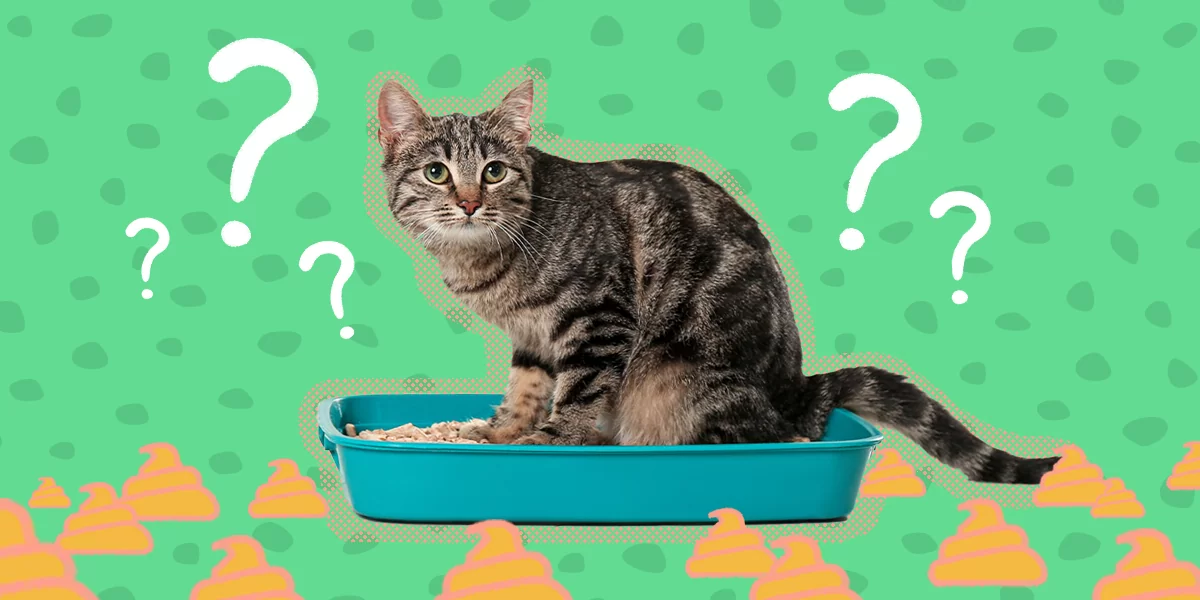
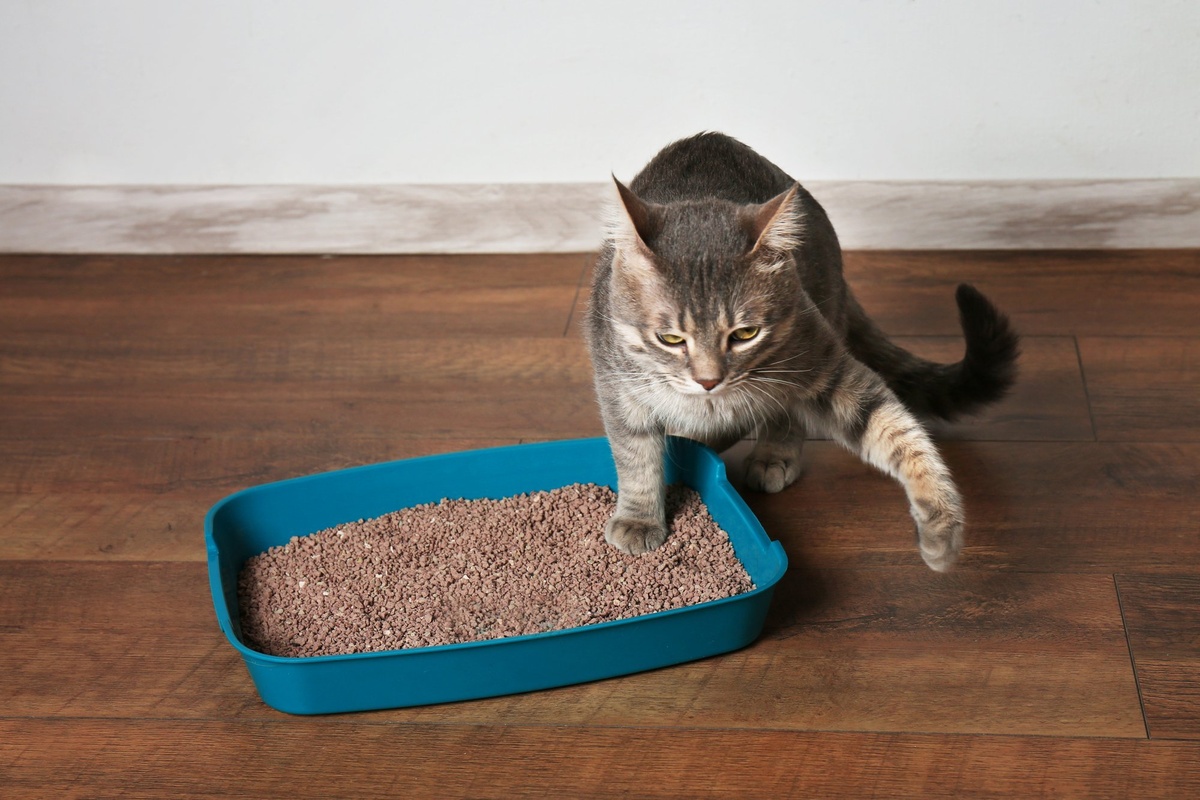
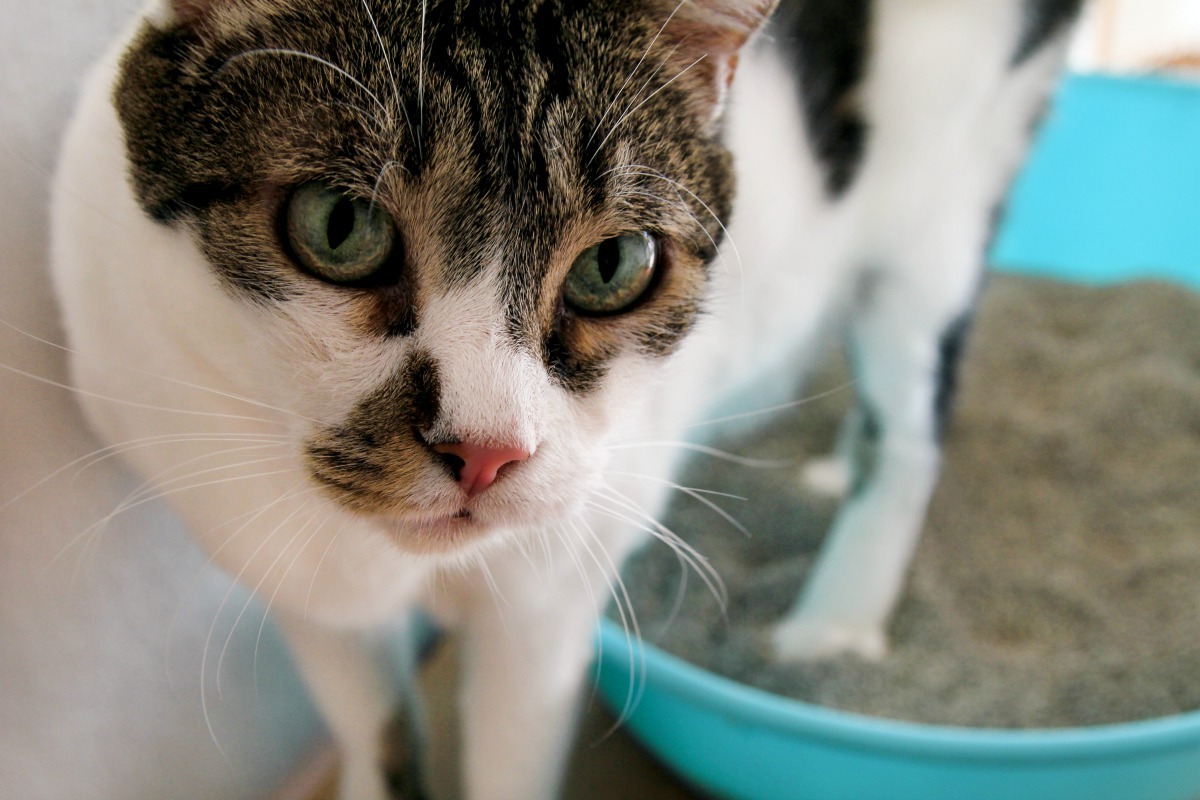
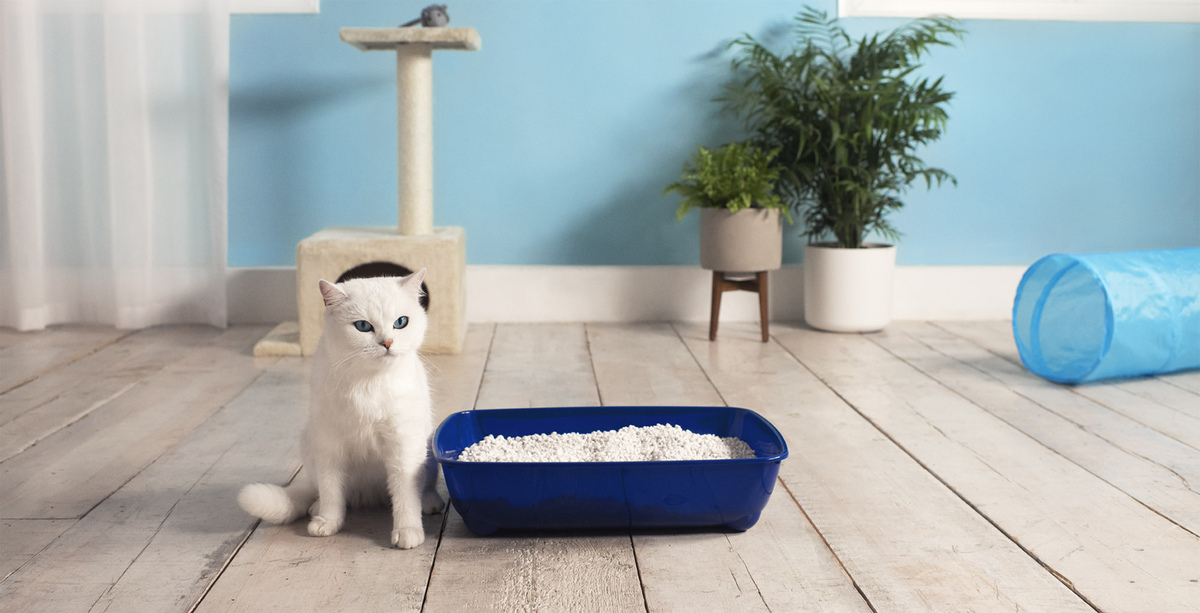
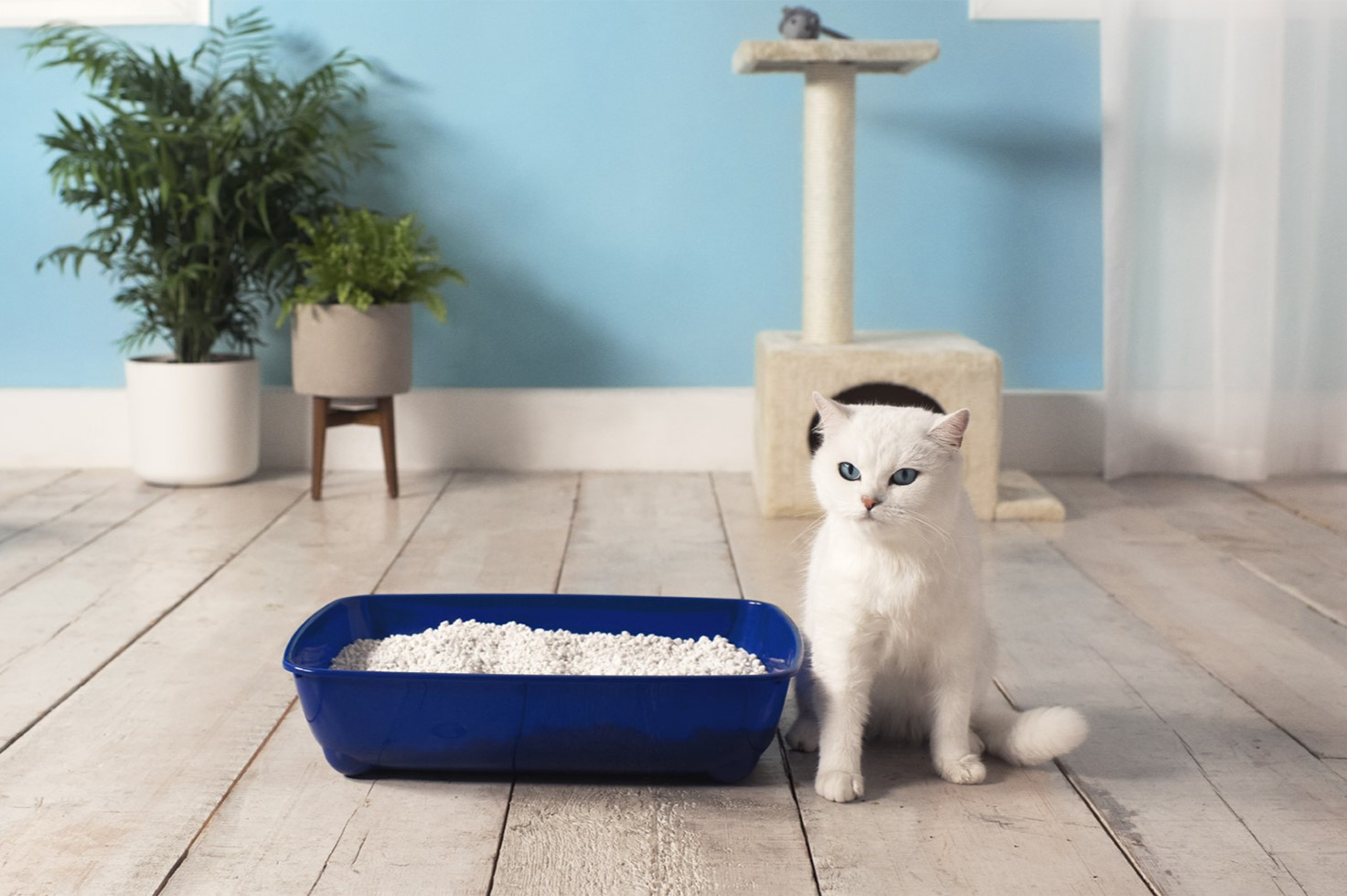
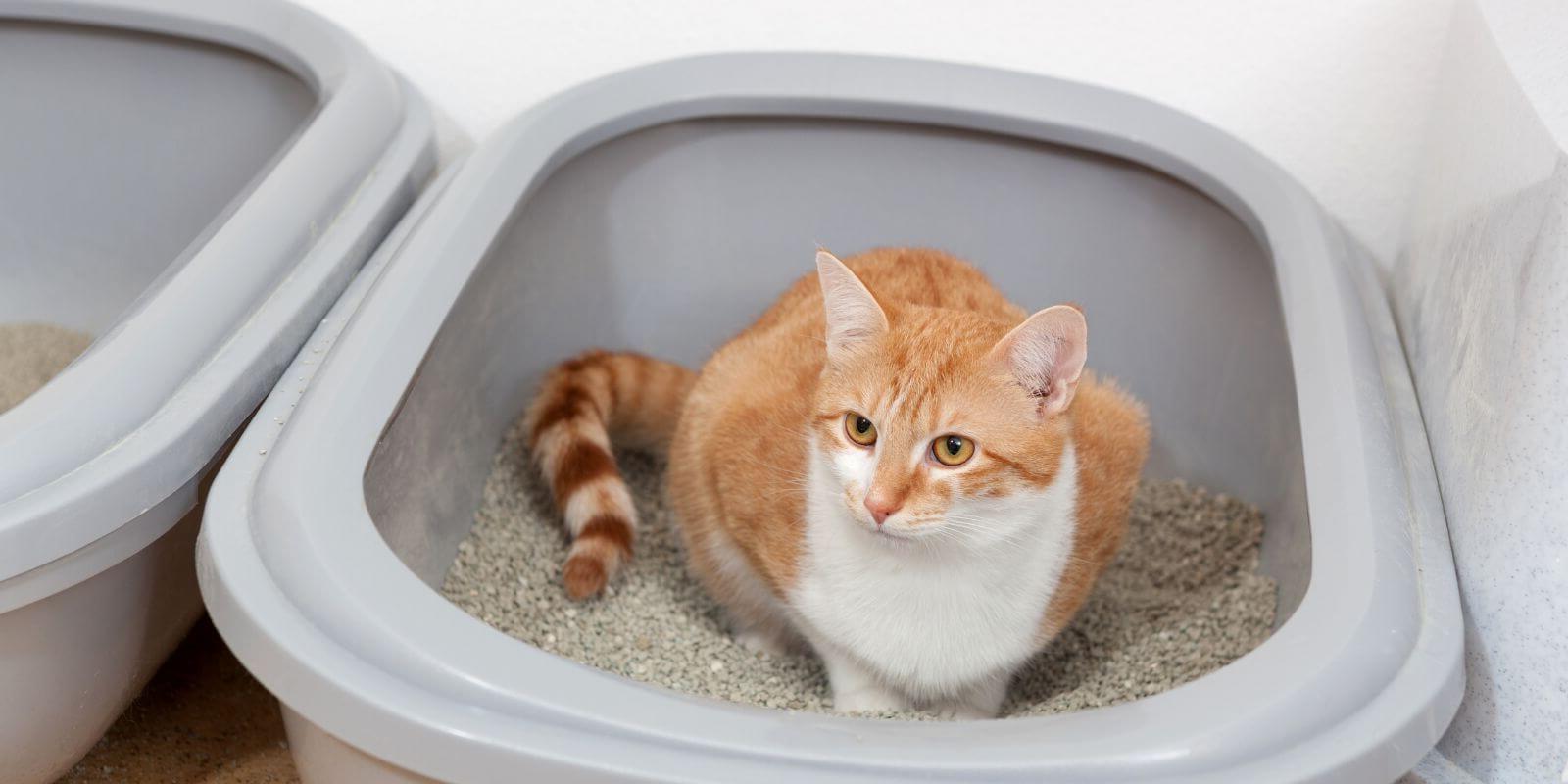
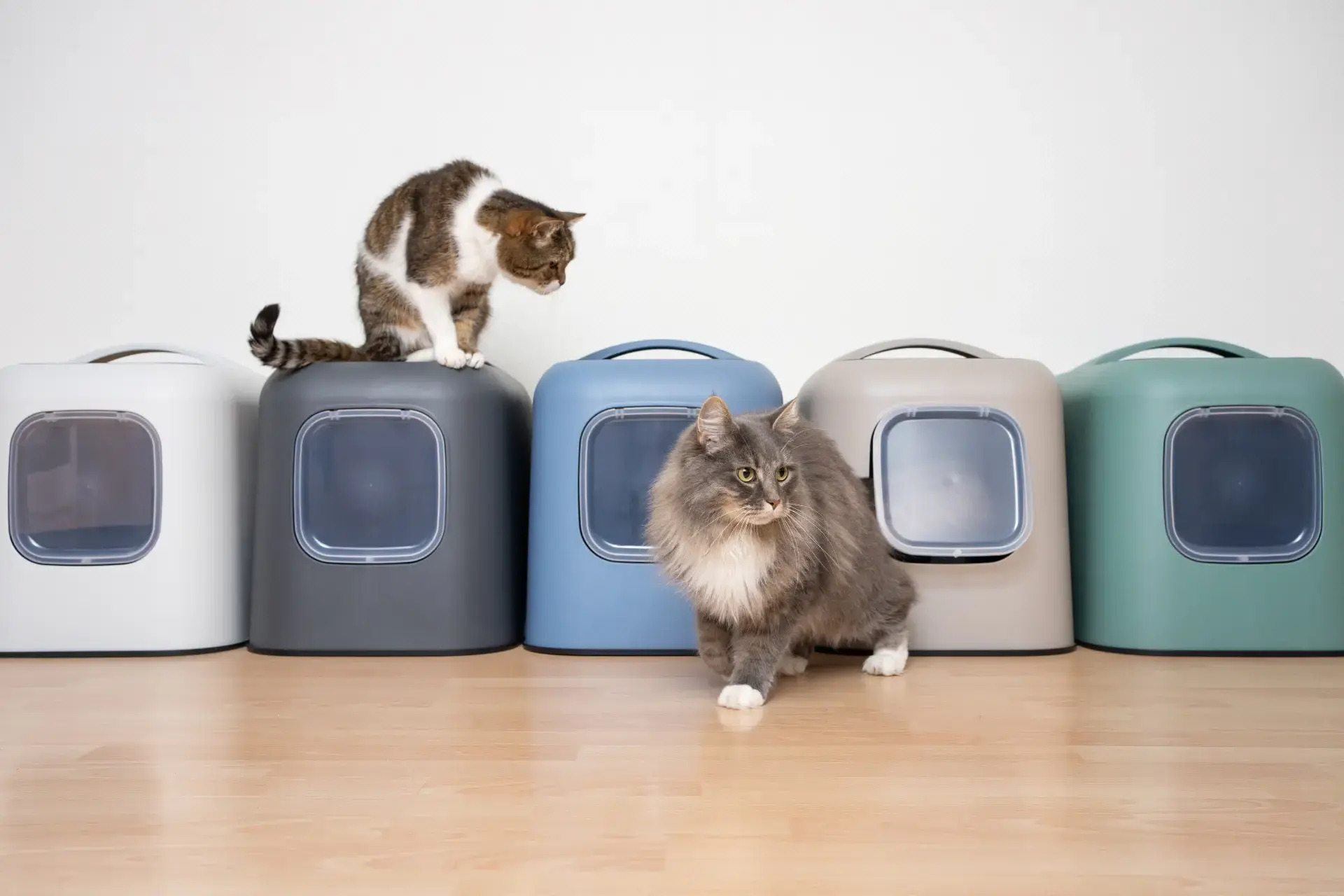
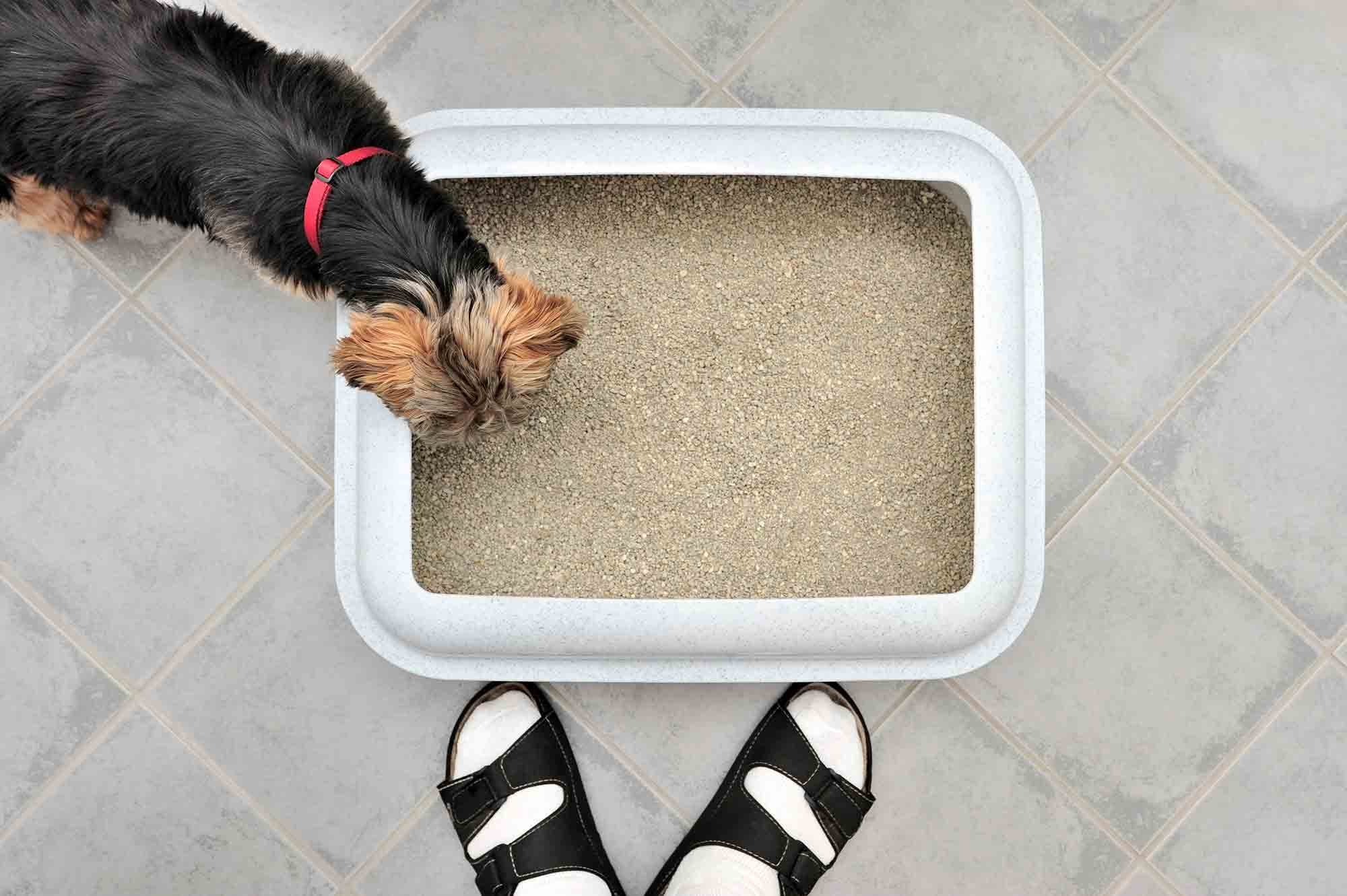
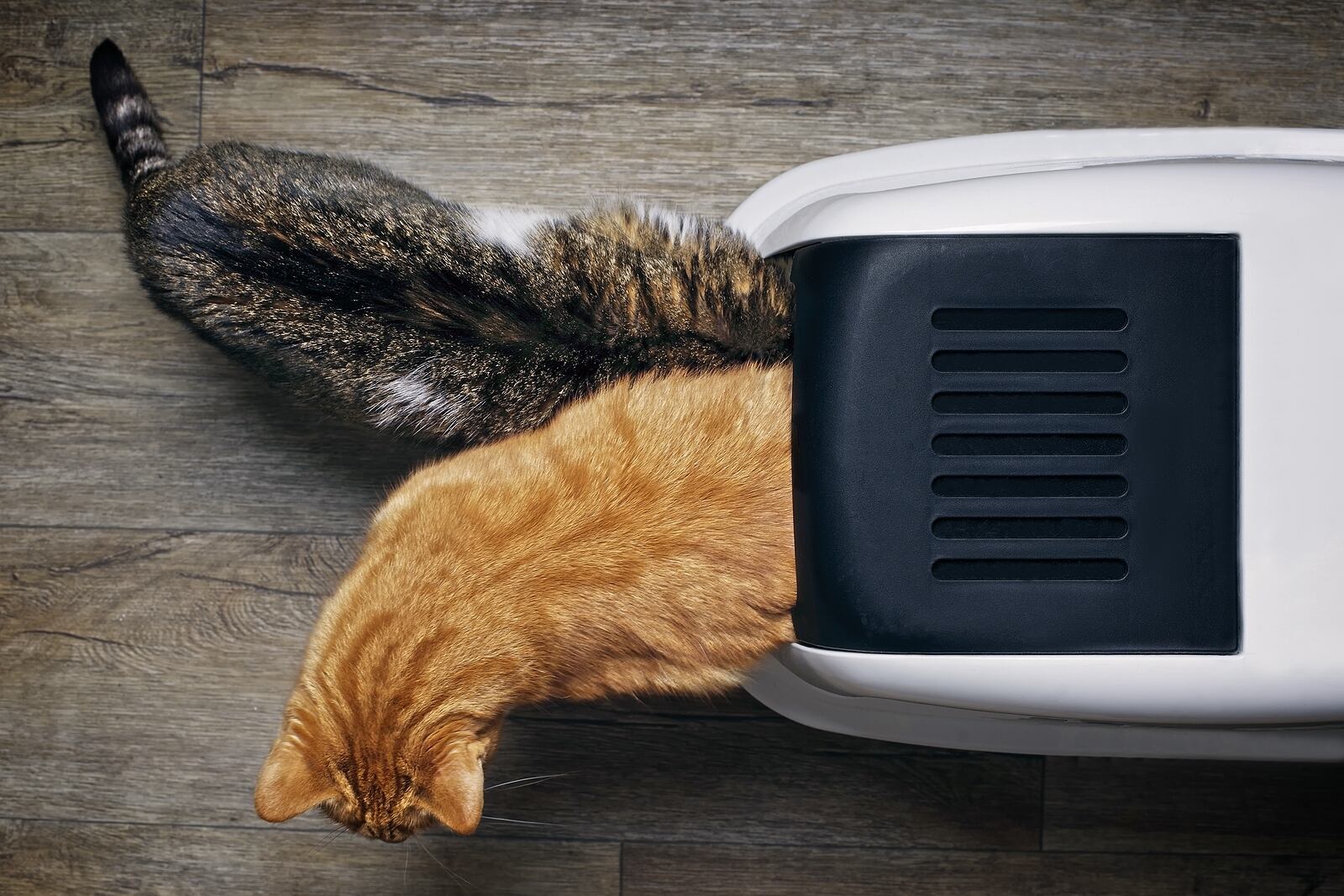
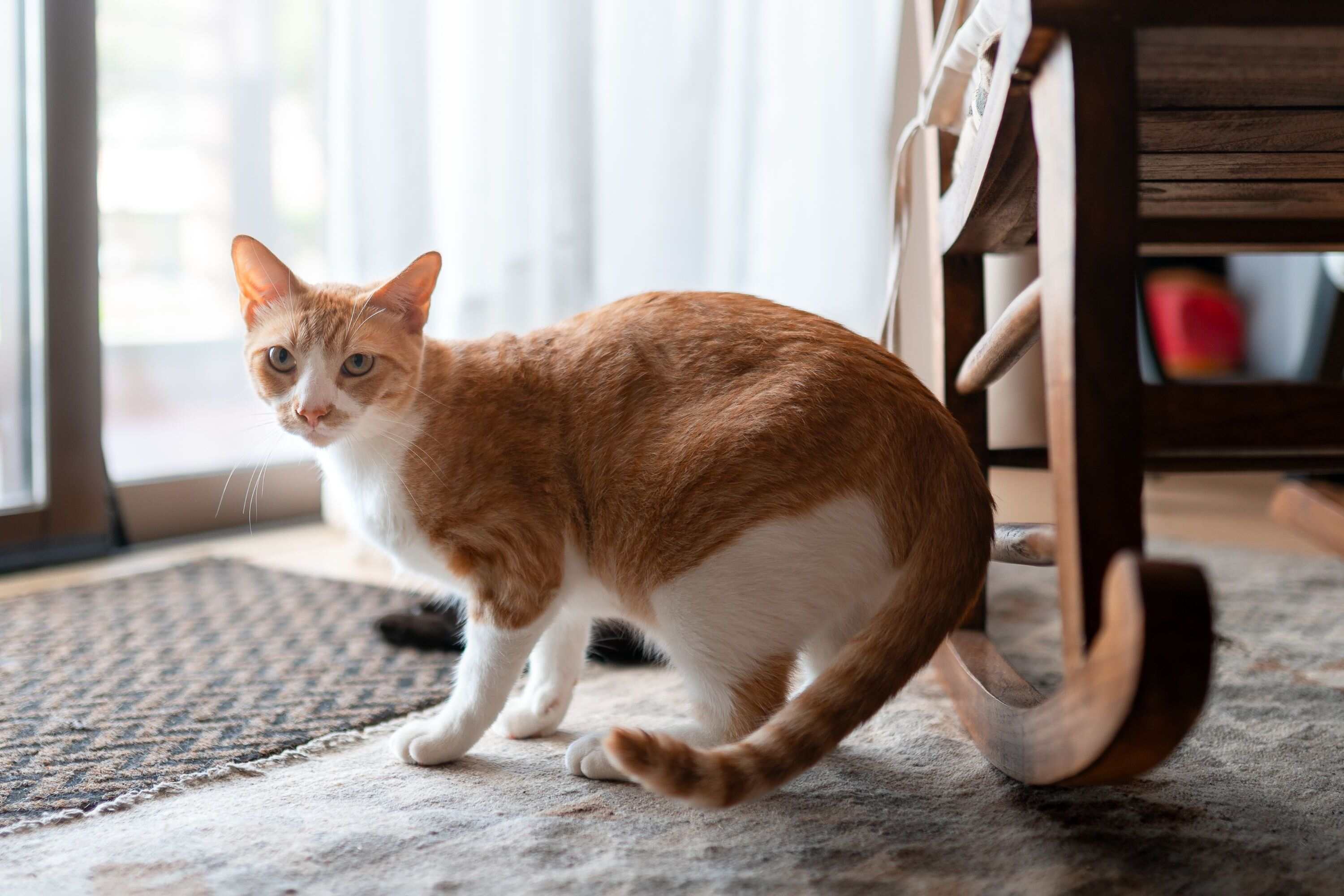
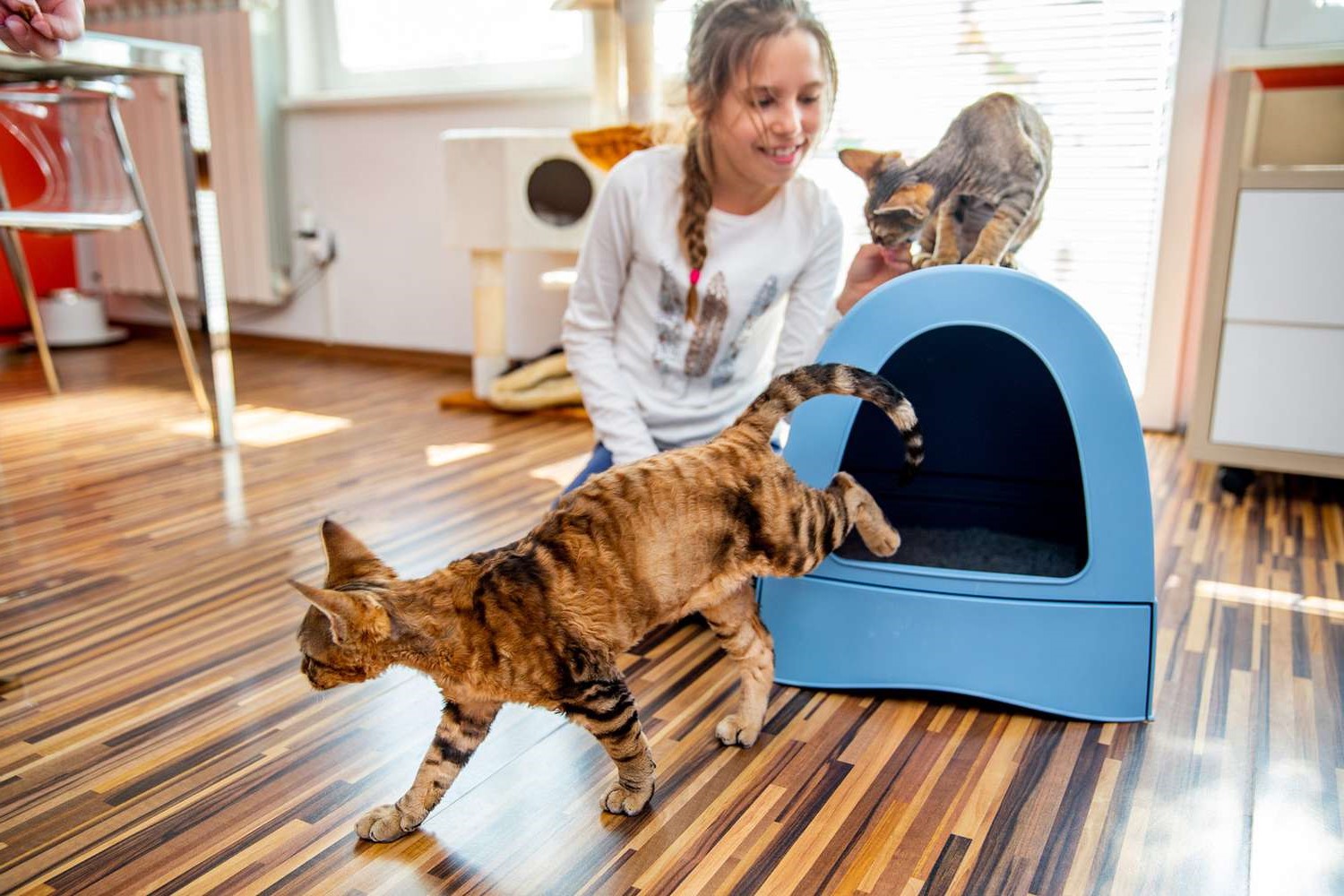

0 thoughts on “Why Is My Cat Peeing But Not Pooping In The Litter Box”